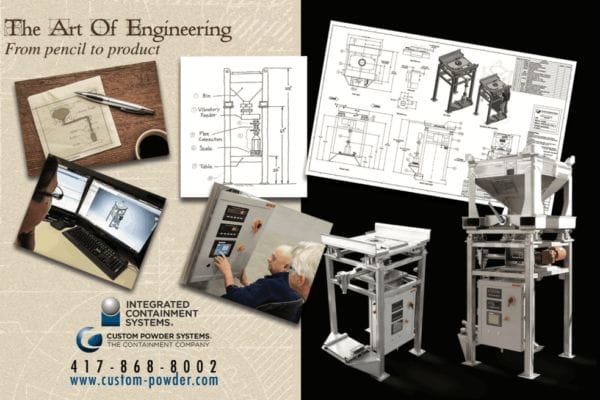What do you get when you put a motor on a bicycle? Well, a motorcycle, of course! Today, these vehicles are commonly used as a recreational form of transportation, but did you know they were invented in 1885 – one whole year before the automobile?
The invention of motorcycles was a significant milestone in the history of transportation, combining the speed and convenience of a bicycle with the power and stability of an engine. Over the past 130 years, motorcycles have continued to evolve and improve, becoming one of the most popular and beloved modes of transportation for riders worldwide.
A Bicycle with an Engine
In the late 19th century, German engineers Gottlieb Daimler and Wilhelm Maybach left their jobs working for Nikolaus Otto (inventor of the four-stroke internal combustion engine) to start their experimental engine-building workshop. They eventually developed the Grandfather Clock engine, the world’s first small high-speed internal combustion engine to run on gasoline. To prove that it could power a vehicle, Daimler and Maybach designed, built, and patented the Daimler Reitwagen (“Riding Car”).
Though it was not exactly what they initially set out to create, this first iteration of a gasoline-powered motorized bicycle was a wooden-framed machine with two wheels, a handlebar for steering, and a seat for the ride. It could reach speeds of up to 15 mph. Despite its primitive design, the Daimler Reitwagen was a revolutionary invention, as it opened the doors to a faster, more efficient mode of solo transportation than the existing bicycle.
(Side Note: It is worth mentioning that some consider the first motorcycle to be either the Michaux-Perreaux or the Roper steam velocipedes, both built ca. 1868. However, most authorities do not see them as “true” motorcycles because they were not powered by gasoline.)
Bigger, Better, and Faster Bikes
Nine years later, Hildebrand & Wolfmuller created the first mass-produced motorized, two-wheeled vehicle sold to the public. It was the first machine to be officially called a “motorcycle” (motorrad in German) and was built with two cylinders with connecting rods attached directly to the rear wheel. While it could reach up to an impressive 28 mph, it was expensive and did not feature a clutch or pedals, so only about 2,000 were produced in total due to stiff competition and low demand.
After the success of the Daimler Reitwagen, other inventors and engineers began to develop their designs for motorcycles. In the early 1900s, motorcycles were built with an engine and brakes that worked with a lever instead of the pedals and could operate using less fuel.
Companies such as Harley-Davidson and Indian Motorcycle soon began popping up in the United States, quickly becoming leaders in the industry and still producing motorcycles to this day.
Keeping it Moving
Throughout the 20th century, vehicles continued to evolve and improve. The invention of the electric starter made motorcycles easier to start and ride, while advances in engine technology allowed for faster speeds and enhanced performance. In the 1970s and 1980s, Japanese motorcycle companies such as Honda, Yamaha, and Suzuki became major players in the industry, producing high-quality and reliable motorcycles that were popular and more affordable worldwide.
Today, motorcycles are an integral part of modern transportation, with millions of riders using them for commuting and recreation. In addition to their practical use, motorcycles have also become a symbol of freedom and adventure, inspiring countless riders to hit the open road and explore the world on two wheels.
So, where will your ideas take you, and how can we help you get there?
For more transportation-related innovations, check out Inventions Ahead of Their Time: The Electric Car and Napkin Sketch: A Non-Stop Flight Around The World.
Sign up for our newsletter to learn more about Custom Powder Systems and the art of engineering.







